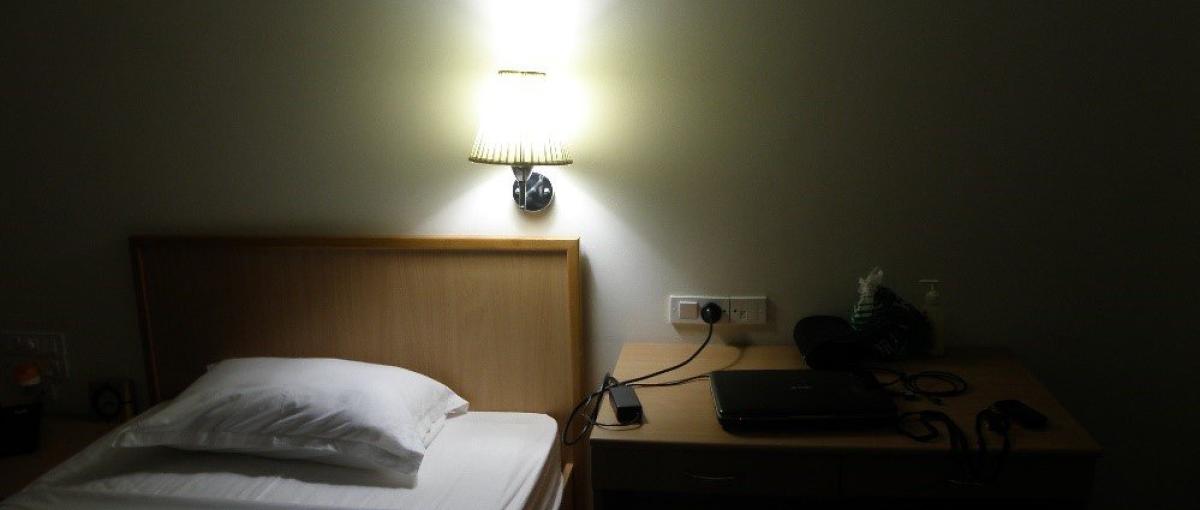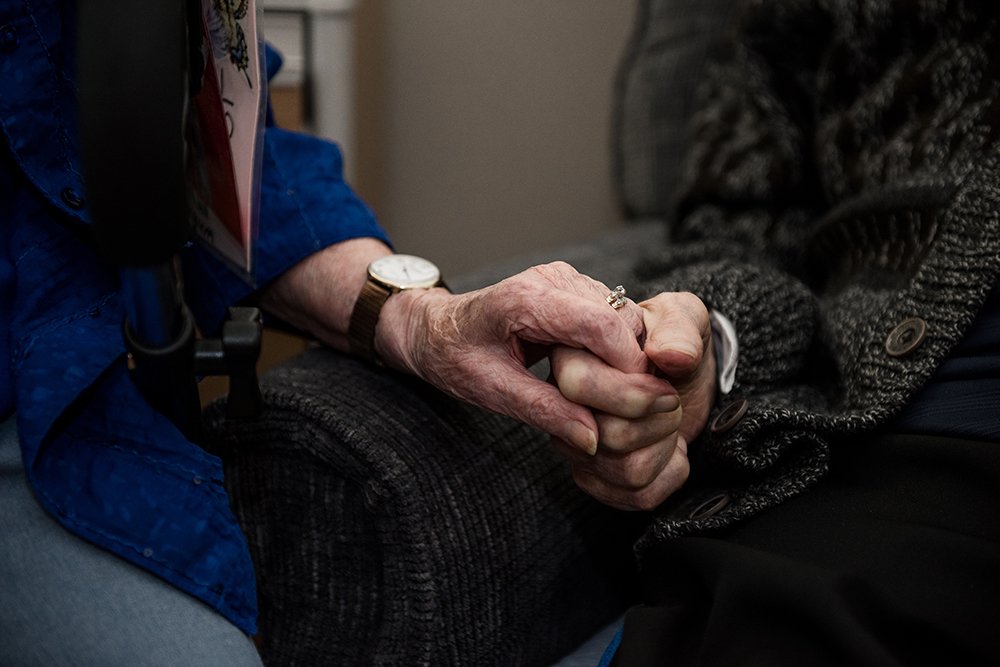Always leave a lamp on
New tools help teams address special needs of the dying and their families

August 31, 2017
By Celine Richter, Freelance writer and photographer Covenant health
Always leave a lamp on—no one should die in the dark. Visit as often as possible—nobody should die alone. Manage symptoms—nobody should die in pain.
Practices for a compassionate death, according to Tracy Humphrey, RN
Most days at St. Therese Villa in Lethbridge, you can hear signs of life and joy, like music and laughter. You might even catch seniors in a baking or exercise class. Most of the 200 residents here are medically stable, so the focus of care is typically on wellness and quality of life.
Deaths are relatively rare at St. Therese Villa, about four to six times per month. So addressing the needs of the dying is not an everyday experience for her staff, explains Tracy Humphrey, Site Administrator.
The last days before death can be challenging for her team because they have strong bonds with the residents, their families and loved ones too. “Providing end-of-life care is not a job for most of our staff, it is a passion. And it is hard on them. There is a sense of loss,” explains Tracy.
Eager to improve their skills and support for residents and families at this stage of life, Tracy and her team are pilot testing an End of Life Pathway.
“The End of Life Pathway is a set of tools, resources, and assessment and treatment guidelines for teams like Tracy’s, who don’t usually work with patients at the end of life,” explains Lorelei Sawchuk, co-lead for the project as well as nurse practitioner and education lead for the Covenant Health Palliative Institute. Lorelei has been working with Alberta Health Services on this new set of tools that will mean a consistent approach to end-of-life care across Alberta.
“The pathway supports any member of the heathcare team in any care setting,” explains Lorelei. “Our goal is to enhance quality of care and quality of life. It is a co-ordinated approach to care and communication with patients, their families and their care team.”

Lorelei says feedback so far has been very positive. “We are hearing that the pathway helps teams better identify, assess and attend to the needs of those who are dying and their family. Because time is of the essence.”
Tracy says the suggested medication and care order set in the pathway has been especially helpful for St. Therese Villa staff. The new approach means that pain medications and treatment options for symptoms like nausea are considered. "This means we are not scrambling if somebody takes a turn for the worse at two o’clock in the morning,” she explains.
More residents are dying at St. Therese Villa rather than in hospital these days, and Tracy gives credit to her staff and residents' families for the change. "They are acknowledging that someone is dying, and then allowing them to die here peacefully rather than in a hospital where they don’t know anyone.”
The End of Life Pathway is now being piloted at the Bonnyville Health Centre and St. Joseph’s Auxiliary Hospital, and in the medicine programs at the Misericordia and the Grey Nuns community hospitals.
The pilot will wrap up by the end of the year. After final tweaks, it will be rolled out to Covenant Health sites across the province.